Varicose veins and spider veins are often mistakenly thought of as two different names that describe the same condition. Both of these conditions appear as visible veins underneath the skin and are often a cosmetic concern for many women and men. Furthermore, these conditions share the same causes, which include genetics, pregnancy, sitting or standing for long periods of time, being overweight, restrictive clothing or footwear, and aging. Despite these similarities, varicose veins and spider veins are two distinct conditions. Below you’ll find out why varicose veins and spider veins are different as well as the various treatment options available for these conditions.
Varicose veins
Varicose veins are swollen, twisting veins that can protrude from the skin and are blue or dark purple. They are caused by valve failure within the vein, which means the valve allows blood to flow in the wrong direction and accumulate. Symptoms of varicose veins include aching, swelling, throbbing, itching, leg fatigue, night cramps, and restless legs.
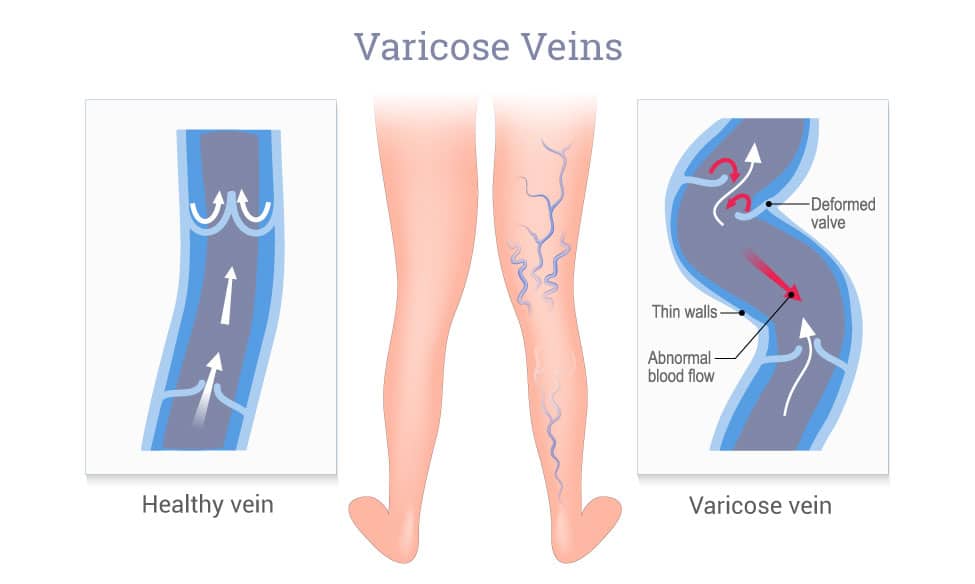
Spider veins
Spider veins, or telangiectasias, get their name from the twisting and turning of small red, blue, or purple veins under the surface of the skin which resemble a spider web. In comparison to varicose veins, spider veins are smaller, flatter, and are mostly asymptomatic. Even though they can appear on almost any part of the body, spider veins are typically found on the face and legs.

Treatments for varicose veins and spider veins
There are several treatment options that Dr. Krant can utilize to rid your skin of unwanted veins. The treatment of choice depends on many different factors, such as whether your have varicose or spider veins, the severity of your condition, and your specific goals for treatment. Below are the most common treatment options for both varicose and spider veins:
- Sclerotherapy – A fine needle is used to inject saline solution directly into the affected veins, which causes them to collapse and shrink, eventually forming scar tissue that the body will naturally dissolve and eliminate.
- Cutera Limelight® IPL – Intense pulsed light (IPL) therapy uses a broad spectrum of optimally-targeted wavelengths to improve the look and feel of broken blood vessels
- VBeam® laser – A laser treatment that delivers an intense but gentle burst of light to targeted areas of the skin, which ultimately destroys them and gives the skin a smooth appearance
- Cutera excel V™ laser – A laser treatment that targets and destroys the abnormal or damaged blood vessels responsible for the vascular condition
Whether you have varicose veins, spider veins, or even both of these conditions, Dr. Krant would be happy to provide a personalized assessment to discuss your unique needs and goals. Schedule a consultation today to learn more about the most appropriate treatment option for your condition.
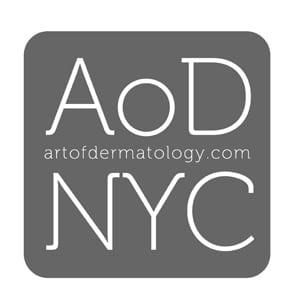

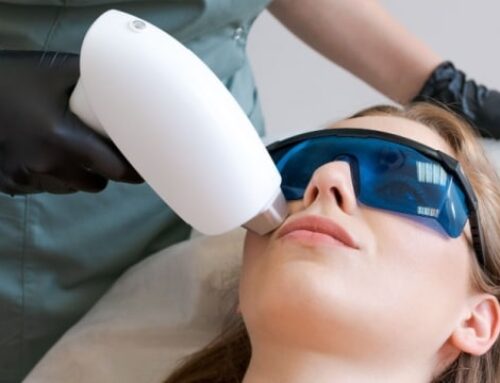

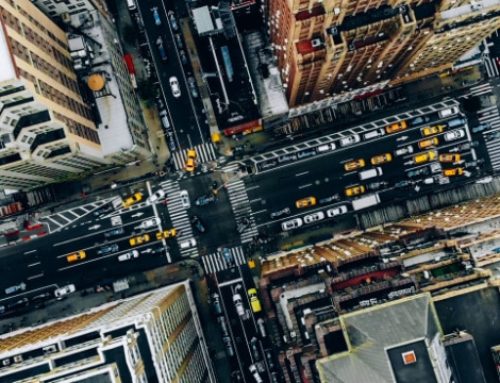
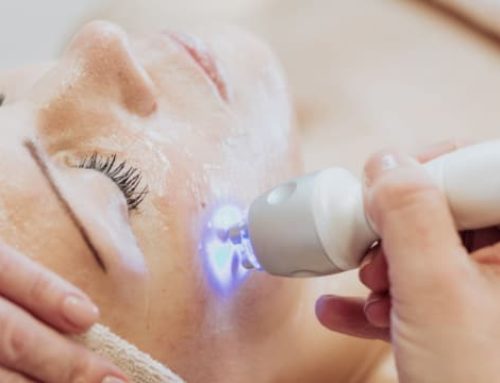








Leave A Comment